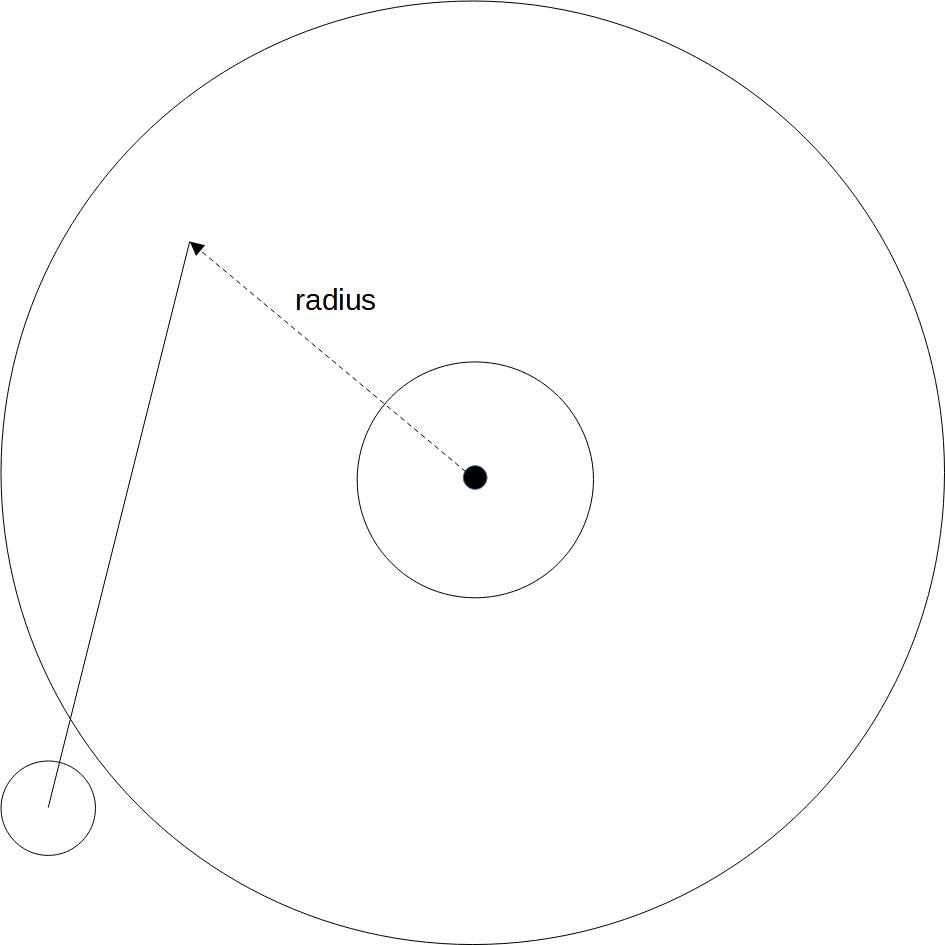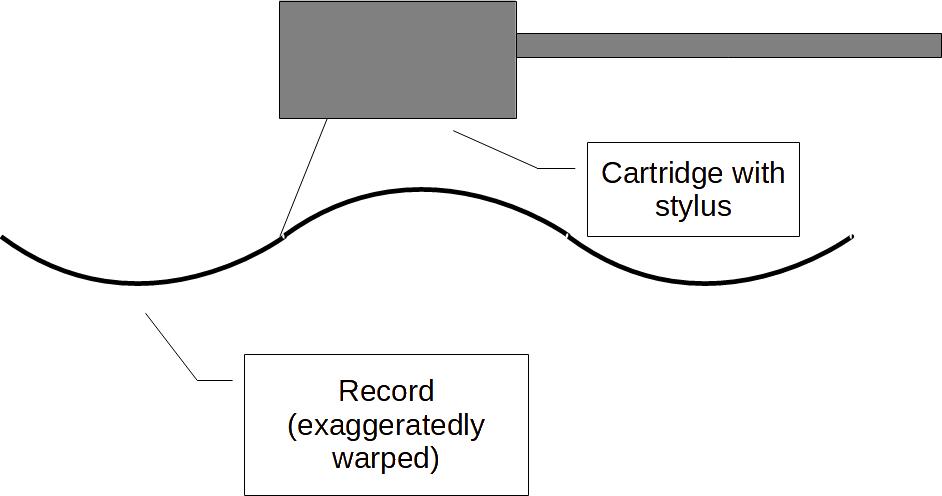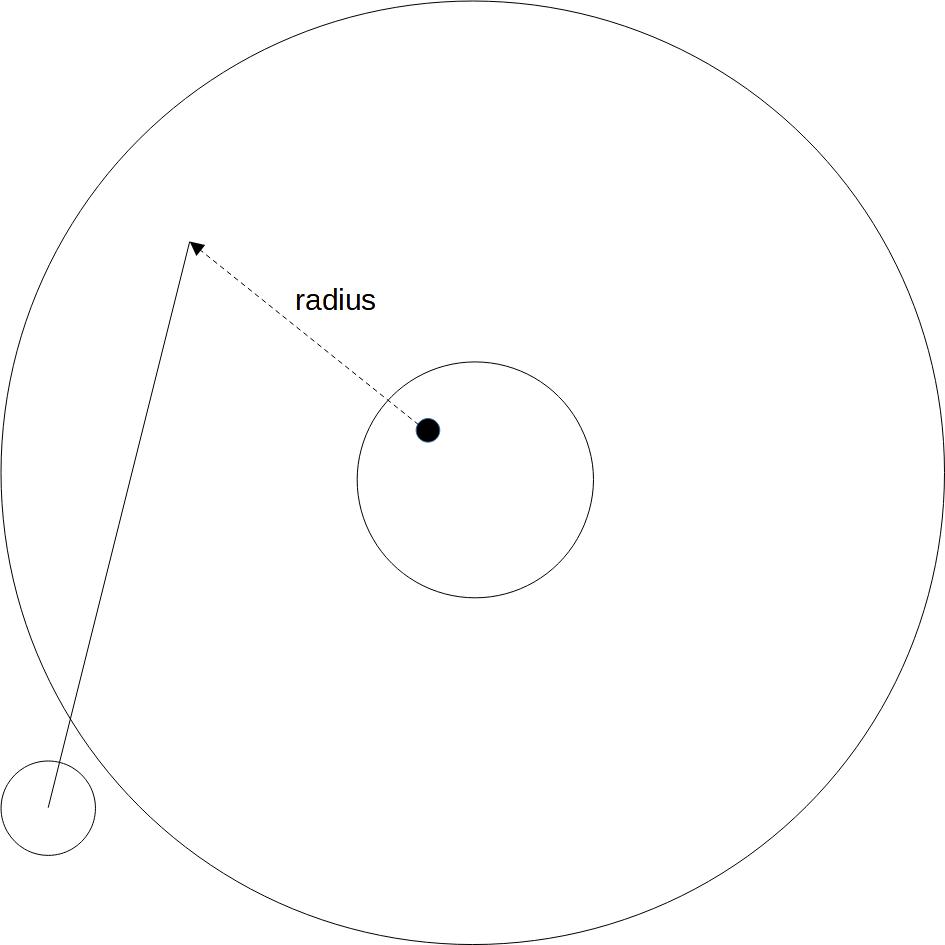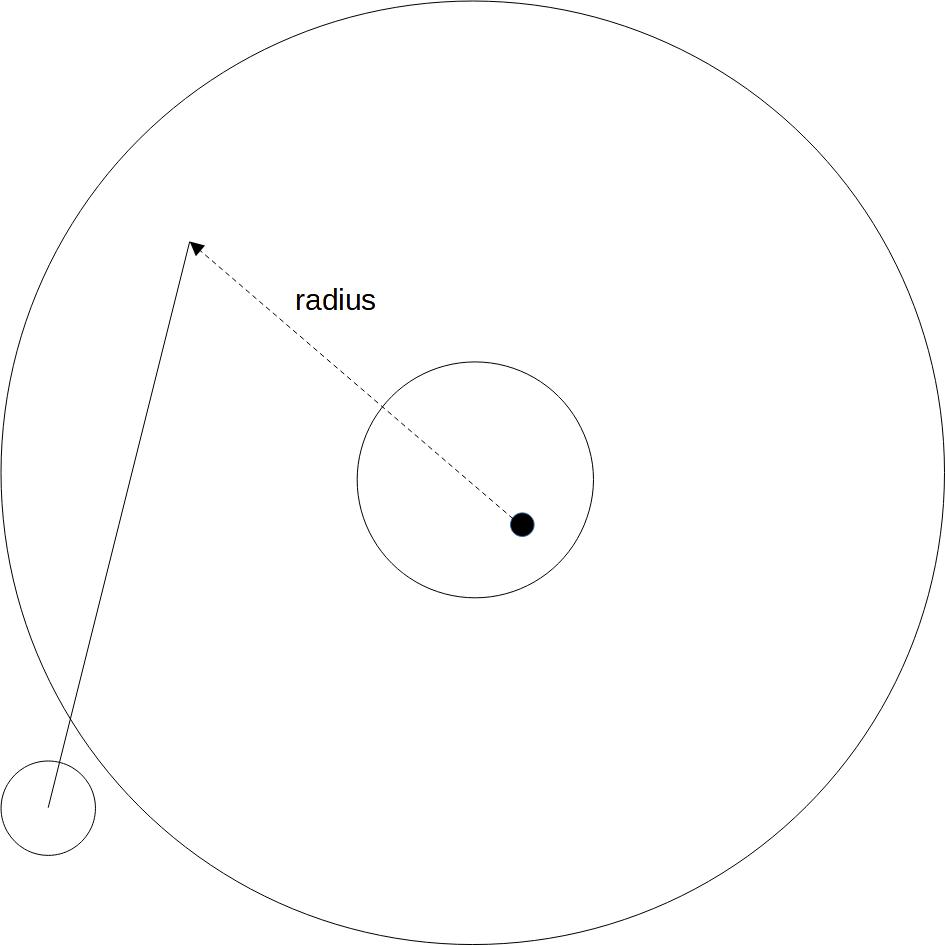Most of us have experienced it once or even several times. Many people affected suffer from it, sometimes for years. However, many remain silent for fear of not being taken seriously. Rest assured: you are not alone. There are often very simple technical reasons for this. That’s why in this article I want to talk openly about the wobbling sound of your record player. We will look at the different backgrounds and their possible remedies. In the end you will see, there is no reason to be ashamed.
It’s all about speed
So you didn’t let the strange introduction put you off. Congratulations. As promised, in this part we first look at the theoretical background. Let’s jump right in.
The sound information lies in the groove of a record as mechanical vibrations. To learn more about how a record works, I recommend this article. When playing, the cartridge converts these mechanical vibrations into electrical signals. For a given pitch (frequency) of the mechanical vibration, the speed of the groove determines the pitch reproduced. More specifically, it is the peripheral speed of the record at the point where the stylus touches the groove.
At first glance, the peripheral speed depends on the rotational speed and the radius. While the radius results from the distance from the stylus to the pivot point of the rotary movement, the rotation speed corresponds to the speed that we set on the turntable (e.g. 33 1/3 rpm). In the following illustration we see a record on the turntable from above. The tonearm lies on the record, the radius is shown as a dashed arrow.

If we look at the record from the front rather than from above, we get the following image.

At second glance, we also discover a dependency in the third dimension. Specifically, it’s about a possible slope of the record. As long as the record is perfectly flat, as in the illustration, there is no slope. This means that the speed of the stylus along the groove remains constant with each revolution. In general, one can say that the pitch wobbles whenever the speed of the groove varies. Let’s look at the possible reasons for this one by one.
Warped record leads to wobbling sound
Let’s imagine we’re dealing with a warped record. To make things clearer, I heavily over-warped our record. The side view then changes as follows:

The problem with warped records isn’t just that they look weird and the stylus will pop out at some point. They can also cause a wobbling sound due to the additional slopes. Since the rotational speed of the record is constant, the cartridge has to cover a further distance in the same amount of time when the inclines or declines occur. The distance increases because, in addition to the horizontal component, there is also a vertical component due to the slope. This increases the speed and therefore the pitch. By the way, the direction of the slope doesn’t matter. Both inclines and declines increase the pitch compared to purely flat movement.
There are apparently ways to smooth warped vinyl. Since, to be honest, I’ve avoided it so far, I can’t recommend any particular approach. When the time comes, I will report on it. If you just bought the record, you should definitely try to return it. When buying used, it is therefore worth not only looking for scratches, but also possible deformation. Deformation can also be avoided by storing records upright. I also address this topic in the article on cleaning records.
Errors in rotational speed
A slightly more obvious source of error is fluctuations in the rotational speed of the turntable, the so-called wow. Depending on the type of drive, either the belt or the friction wheel can cause problems. A worn belt causes slippage, which in turn causes the speed to fluctuate. Fortunately, belts are usually easy to replace. In this video you can see what you should pay attention to.
Unfortunately, replacement of friction wheel drives, also known as idler drives, is much more complicated. They aren’t as generic as belts, so you’ll need some luck finding a replacement that fits. But with a bit more luck, cleaning is enough to restore the necessary friction.
If your turntable is lucky enough to have a direct drive, you shouldn’t have a problem with this issue. Of course, no drive motor lasts forever and will break down at some point. In this case, only replacement will help. The same applies to a defective control.
Fluctuations in radius
Last but not least, there is the radius, which can affect speed. You’re a smart guy, so you probably already know that some records aren’t made entirely concentrically. We can see what effects this has in the following figure.

Again we see an exaggerated representation of a record with the hole off center. In this position the radius is significantly smaller than the actually designed radius, which is why the audio signals are pitched lower here. Let’s look at the same record half a turn later.

After half a revolution, the previous lower pitch is now followed by a higher pitch because the radius has increased. Since high pitch and low pitch alternate, this error in a record creates a wobbling sound. The exact position of the center hole is therefore crucial to the playback quality of the record. Especially with modern pressings we hear that there are occasional problems. Many 7″ singles have a significantly larger hole of 1.5″ than the 1/4″ hole of 12″ albums, which is why errors can occasionally occur during adaptation with a single puck. While this can still be remedied by trial and error, I don’t know of any way to correct a possible eccentricity with 12″ records. The only option is to return a copy that you just bought.
In rare cases, the fault of eccentricity can also come from the turntable itself. If the spindle is damaged, for example due to a fall or impact, it may be incorrectly aligned. With a bit of luck, you can make a correction yourself. Otherwise, if in doubt, you should have this damage examined by a service technician.
Conclusion on a wobbling record
If you’ve made it this far, you’ve learned a whole host of reasons that can cause records to wobble. I have tried to list as many remedies as possible. In fact, I have to admit that this error often cannot be corrected, or at least not so easily. I still hope that there was one or two helpful tips and that you will have less wobbling frustration when listening to your favorite records in the future.